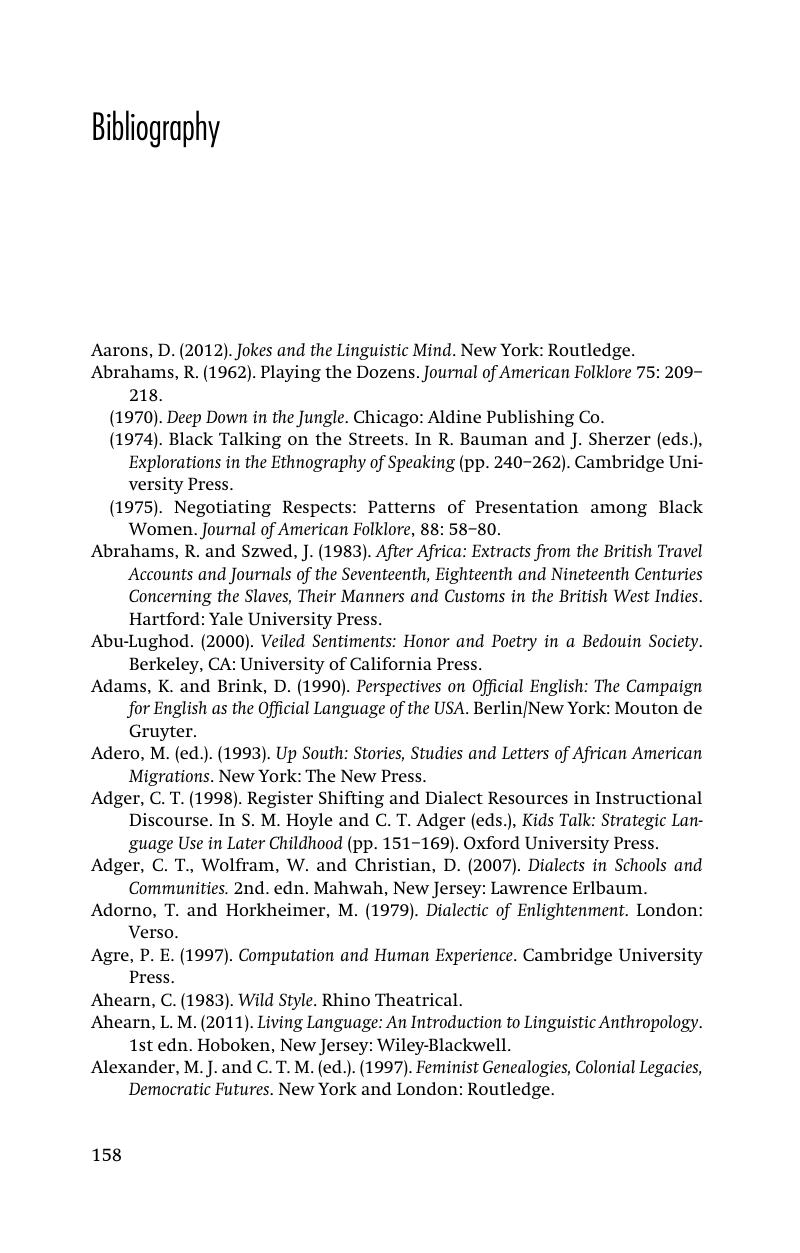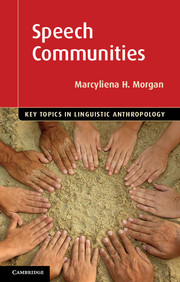Book contents
- Frontmatter
- Contents
- Acknowledgments
- Transcription Conventions
- 1 What are speech communities?
- 2 Representing speech communities
- 3 Constructing speech communities
- 4 The African American speech community
- 5 Youth communities: the Hiphop Nation
- 6 Voice and empowerment in gender and sexuality
- 7 Online speech communities
- 8 Language in and out of the classroom
- 9 Performance and play in speech communities
- 10 Power, ideology and prejudice
- Bibliography
- Index
- References
Bibliography
Published online by Cambridge University Press: 05 June 2014
- Frontmatter
- Contents
- Acknowledgments
- Transcription Conventions
- 1 What are speech communities?
- 2 Representing speech communities
- 3 Constructing speech communities
- 4 The African American speech community
- 5 Youth communities: the Hiphop Nation
- 6 Voice and empowerment in gender and sexuality
- 7 Online speech communities
- 8 Language in and out of the classroom
- 9 Performance and play in speech communities
- 10 Power, ideology and prejudice
- Bibliography
- Index
- References
Summary

Information
- Type
- Chapter
- Information
- Speech Communities , pp. 158 - 185Publisher: Cambridge University PressPrint publication year: 2014
